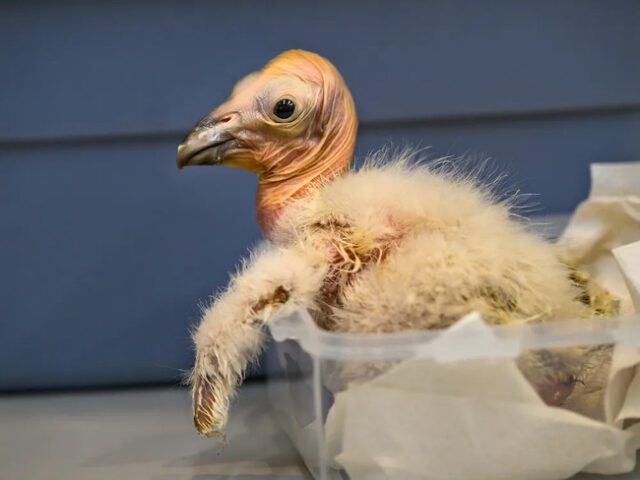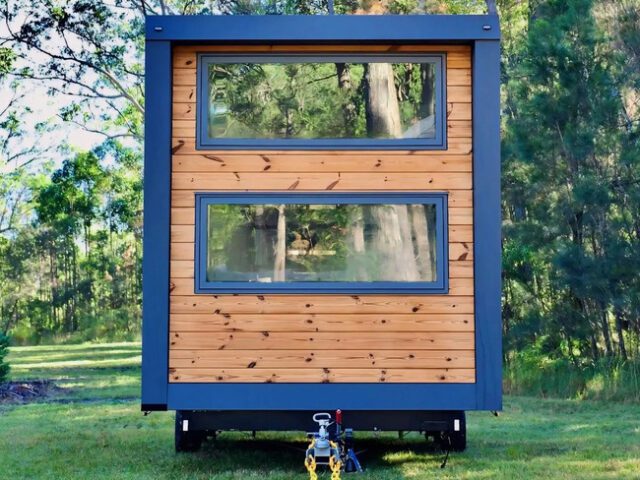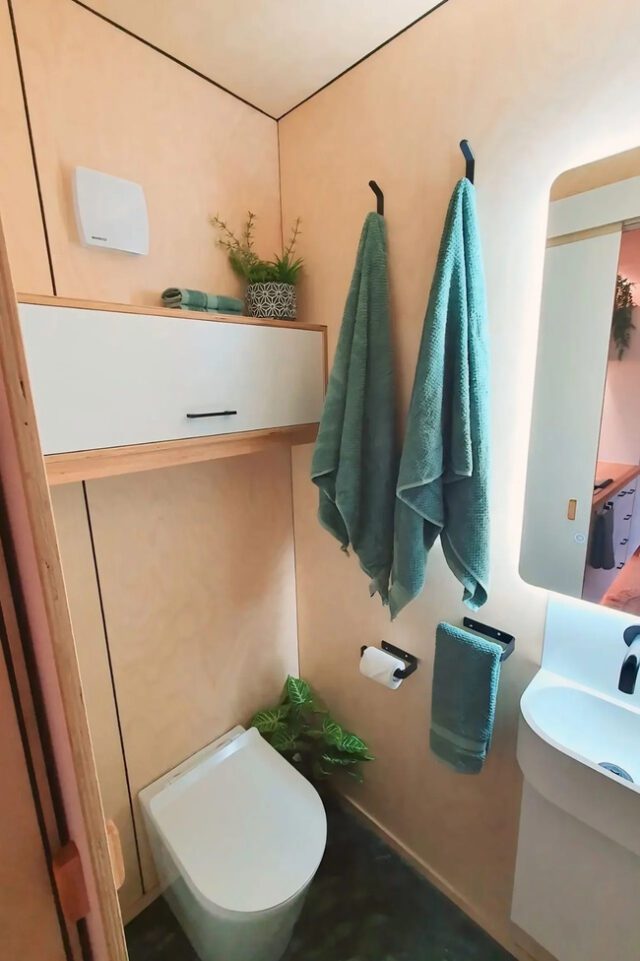
In the deep ocean, a fascinating phenomenon known as “dark oxygen” is reshaping our understanding of oxygen production. Unlike the familiar process of photosynthesis, where sunlight drives the creation of oxygen in plants, this new form of oxygen generation occurs in total darkness, deep on the sea floor. Recent research published in Nature Geoscience reveals that metal nodules scattered across the abyssal plains of the Pacific Ocean are splitting seawater into hydrogen and oxygen through a process akin to electrolysis. These nodules, composed of metals like iron, manganese, cobalt, and lithium, accumulate over millions of years on fragments of ocean debris. When researchers investigated these nodules, they found that they possess voltages comparable to household batteries, enabling them to generate sufficient electric currents to break down water molecules and release oxygen—what is now being termed “dark oxygen.”

The discovery of dark oxygen has profound implications, both scientifically and environmentally. It challenges the long-standing belief that marine photosynthesis was the exclusive source of oxygen in the ocean, revealing that significant oxygen production can also occur in lightless environments through electrochemical processes. However, this revelation has also sparked concerns about the environmental impact of deep-sea mining. Polymetallic nodules are highly sought after by mining companies due to their valuable metal content, but extracting them could devastate deep-sea ecosystems that remain largely unexplored. Marine biologists, including Professor Murray Roberts of the University of Edinburgh, have called for a halt to such activities, warning that mining could destroy ecosystems crucial for oxygen production. As scientists continue to explore these mysterious oceanic processes, the need for careful consideration of deep-sea mining’s potential consequences grows increasingly urgent.



In an innovative rewilding effort, a nature reserve in Lewes, England, is leveraging the daily routines of local dog walkers to help restore its natural ecosystem. This project, led by the Railway Land Wildlife Trust and funded by Ouse Valley Climate Action, draws inspiration from a historical role played by wolves. Just as wolves once dispersed seeds across vast landscapes by carrying them in their fur, dogs in Lewes are now spreading seeds with specially designed backpacks. These bags are equipped with holes that allow seeds, mixed with sand for better distribution and tracking, to be Continue reading “Dogs Are Helping Rewild Nature Reserves by Running Around With Bags Packed With Seeds” »

A recent breakthrough in agricultural science has introduced a novel way to protect tomato plants from the deadly bacterium Pseudomonas syringae, a pathogen that has long threatened crop yields. Spanish researchers discovered that a natural aromatic compound called alpha-terpineol allows tomato plants to “sniff out” the danger posed by this bacteria. The compound, part of what the team calls the “aroma of resistance,” triggers a defensive response in the plants, enabling them to detect the bacterial threat and close their stomata, effectively blocking the pathogen’s entry. This natural mechanism mirrors how plants communicate and defend themselves, using volatile organic compounds to alert neighboring plants and initiate protective measures.

The implications of this discovery are vast, offering a sustainable alternative to chemical pesticides and advancing the pursuit of environmentally friendly agricultural practices. The simplicity and affordability of alpha-terpineol application—either as a spray or through diffuser devices—make it an efficient solution for farmers. Beyond its protective capabilities, this method could mitigate other challenges, such as drought, by enhancing the plant’s natural resilience. The research team, working with the company Meristem, has already secured a patent for another similar compound, further underscoring the potential of these natural volatiles to revolutionize crop management. This innovative approach not only supports the health of the plants but also contributes to more sustainable farming practices, aligning with broader environmental goals.

The Los Angeles Zoo has celebrated a significant milestone in the conservation of the California condor, with a record-breaking 17 endangered chicks born this year. This success is a testament to the zoo’s innovative breeding and care techniques, which have been crucial in reviving the population of these magnificent birds. The condors, known for their impressive wingspans of up to 10 feet, are now thriving thanks to careful interventions by zookeepers and researchers Continue reading “Record-Breaking 17 Endangered California Condor Chicks Born at LA Zoo This Year” »

Deep in Siberia, the Batagaika crater, often dubbed the “Gateway to Hell,” is an astonishing and rapidly expanding phenomenon. This enormous permafrost crater, the largest of its kind in the world, spans nearly a kilometer in length and reaches depths of up to 100 meters. Despite being commonly referred to as a crater, Batagaika is a thermokarst depression, or mega slump, that formed in the 1960s when deforestation disrupted the thermal balance of the permafrost. As the ground thawed, it released significant amounts of methane gas, contributing to the subsidence of the Earth and creating this immense depression. The ongoing thawing process has exacerbated the situation, releasing more greenhouse gases into the atmosphere, which in turn accelerates the melting of permafrost—a troubling feedback loop.

Since its discovery in satellite images in 1991, Batagaika’s rapid growth has been a subject of intense study. Recent research led by Alexander Kizyakov from Moscow State University revealed alarming details about its expansion. Using satellite imagery and advanced 3D modeling, the team found that the crater’s headwall is eroding at an astonishing rate of 40 feet per year, with significant portions of the collapsed headwall continuing to melt and sink. The permafrost thaw at Batagaika releases around 4,000 to 5,000 tons of organic carbon annually, adding to the atmospheric greenhouse gas load. Although the depression continues to expand, scientists believe it may eventually reach a natural limit as the remaining permafrost layer within the crater is only a few feet thick, with bedrock beneath that could potentially slow or halt further growth.

High in the Swiss Alps, the Rhone Glacier has long been a majestic and vital feature of the landscape, serving as the source of the Rhone River and contributing to the waters of Lake Geneva. Despite its slow retreat since the Ice Age, the rapid acceleration of its melting in recent years has alarmed scientists and locals alike. Efforts to slow this retreat, such as covering the glacier with protective blankets during warmer months, highlight the urgency of the situation. However, it was a pair of photos posted by Duncan Porter, a software developer from England, that brought the stark reality of this melting to the forefront of public consciousness. Taken 15 years apart, in August 2009 and August 2024, the images show a dramatic transformation: what was once a vast, icy expanse now reveals a body of water and barren patches of dirt where the glacier has receded. The stark difference between these two images has left many viewers shocked and heartbroken.

The impact of Porter’s images is amplified by the broader context of glacial loss in the region. Since 1850, Alpine glaciers have lost about 60% of their volume, and in Switzerland alone, 10% of this loss occurred within just two years, 2022 and 2023. While a significant increase in snowfall in 2024 offered a reprieve, the long-term damage is evident in the images captured by Porter. Glaciologists like Matthias Huss have underscored the urgency of the situation, showing how even increased snowfall can rapidly disappear under rising temperatures. Despite some dismissive comments from climate change skeptics, who argue that glaciers have always melted, the unprecedented speed of this melting is what truly concerns experts. For Porter, the overwhelming response to his post—both positive and negative—has further fueled his commitment to raising awareness and advocating for action against climate change.


The Chipper Tiny Home, crafted by Häuslein Tiny House Co., offers a quintessential micro-living experience that resonates with the core principles of the tiny home movement. This compact dwelling is designed for two people, with a focus on maximizing comfort and functionality within its modest 12.5 square meter floor space. Built on a double-axle trailer, the home features a durable combination of steel and thermally treated wood, giving it both an aesthetic appeal and practical durability. Entry is through a glass sliding door that leads into a cleverly designed interior, complete with oak flooring and birch plywood finishes. Despite its small size, the Chipper Tiny Home feels airy and bright, thanks to generous glazing and strategic strip lighting that enhance the living space. The living/sleeping area is thoughtfully arranged with a small sofa, a bed, ample storage, and a mounted TV, offering a cozy yet functional environment.

The Chipper Tiny Home is not only aesthetically pleasing but also highly practical. The kitchen, though compact, comes equipped with a sink, induction cooktop, and sufficient storage, with options for additional appliances like a dishwasher, oven, fridge, and washer/dryer. The adjacent bathroom, accessed through a sliding door, features a shower, vanity sink, flushing toilet, and extra storage. For those inclined towards sustainable living, the home can be customized with solar panels, water tanks, and a composting toilet, enabling an off-grid lifestyle. With its efficient design and customizable options, the Chipper Tiny Home is an ideal choice for anyone looking to fully embrace the simplicity and freedom of micro-living.


)







Recently, gorilla-shaped sofas, initially an AI-generated concept, became a viral sensation on TikTok. Created by the design firm LuxArts, these imaginative pieces caught the public’s eye, sparking curiosity and demand. The sofas, depicted as plush and comfortable with a gorilla’s six-pack serving as a backrest and its chest as a headrest, led to a flood of comments asking where they could be purchased. Seizing the opportunity Continue reading “Viral AI-Generated “Gorilla Sofas” Are Now Being Made in Real Life” »

Toy giant Mattel has teamed up with Airbnb to bring the beloved Polly Pocket doll to life in a big way, transforming her tiny world into a full-sized vacation rental to celebrate her 35th anniversary. Located in Littleton, Massachusetts, the two-story “Slumber Party Fun” compact is a vibrant homage to the nostalgic ’90s era. Guests will find themselves immersed in a playful, pastel-colored wonderland where they can literally walk in Polly’s shoes—with human-sized versions of her iconic footwear and fashions. The experience is designed to be the ultimate throwback slumber party, complete with a retro fridge stocked with snacks every ’90s kid craved, and a cozy movie night setup on Polly’s pull-out couch.

This larger-than-life Polly Pocket experience is perfect for nostalgic fans and a new generation of doll lovers. Those lucky enough to snag a reservation can enjoy a night of friendship bracelet making, retro glam sessions at Polly’s vanity, and even a sleepover under the stars in Polly’s life-sized Action Park Tent. With Airbnb offering three exclusive one-night stays from September 12 to 14, and day playdates available from September 16 to October 6, Polly’s compact promises endless fun. The booking price, set at $89 per person, cleverly nods to 1989, the year Polly Pocket first debuted, making it not just a whimsical getaway but a nostalgic tribute to the tiny but mighty icon.





























)




































